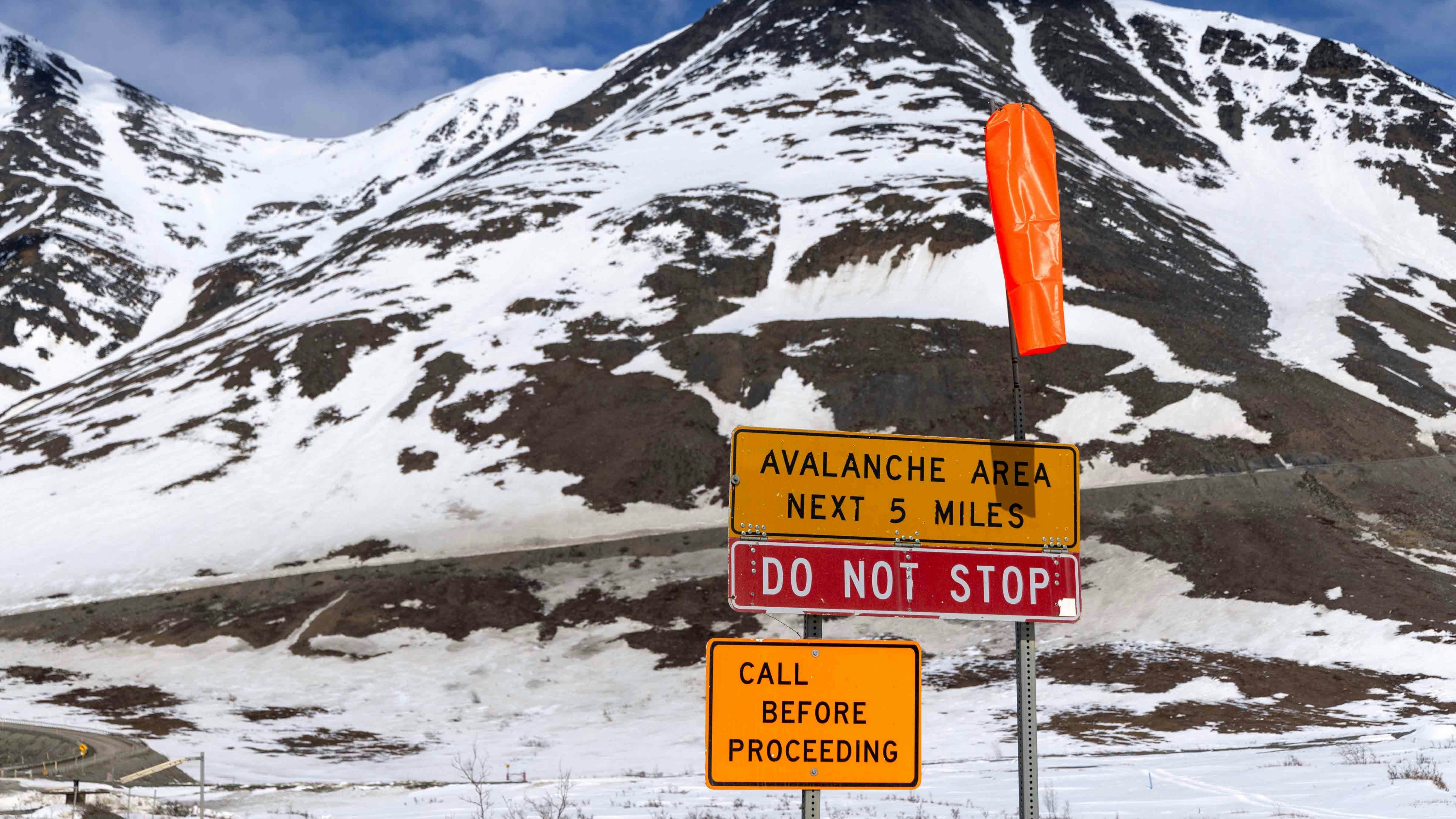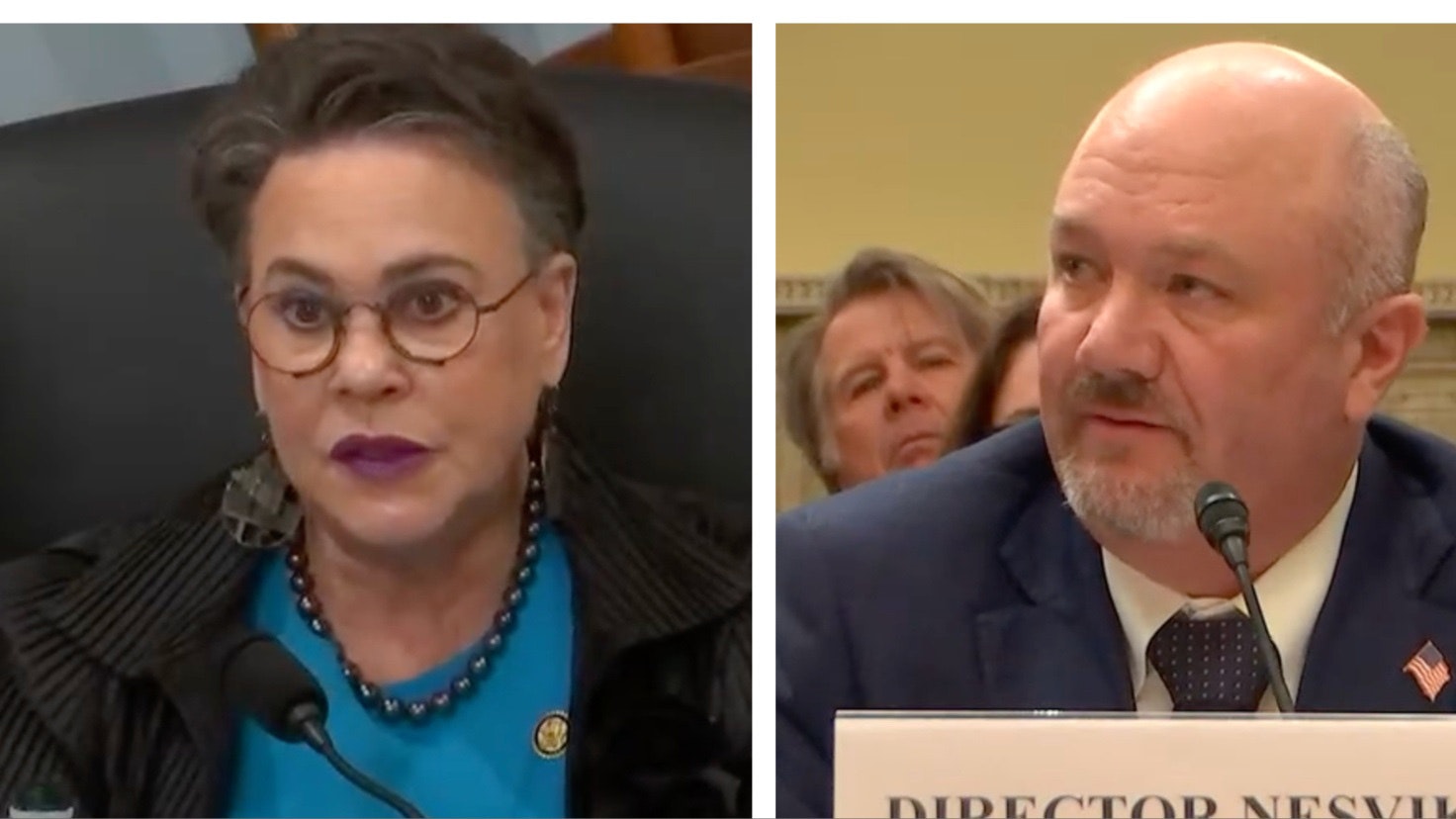Whenever there’s reports of people shooting grizzlies with handguns in self-defense, a common question is what guns did they use?
Cowboy State Daily has received numerous emails and messages asking that question after recent stories about archery hunters in Montana and Idaho shooting grizzlies in self-defense. It’s a question that’s also been asked after similar stores last fall.
The short answer is, in most cases, we don’t know.
State wildlife agencies reporting the shootings typically don’t include information about what type of handgun was used. And in the most recent incidents, there was no response to requests for interviews with the hunters.
However, 10 mm semiautomatic pistols and magnum-caliber revolvers seem to be the most popular choices.
Delving into the question of which is the best grizzly defense gun can lead down a rabbit hole of debates over cartridge size, action type, bullet weight and type, and so forth.
Sometimes, the rules don’t seem to apply.
In 2016, Alaska fishing guide Phil Shoemaker used a 9 mm pistol to kill a gigantic brown bear that was threatening two clients. The 9 mm is generally regarded as too puny for bears.
On the flip side, there have been stories through the years of enraged grizzlies absorbing several hits from high-powered rifles before finally dying.
So, the ultimate answer might be it depends on other factors besides the type of weapon used, like shot placement, bullet type and numerous other factors.
What Some Wyomingites Say
Some Wyomingites offered Cowboy State Daily their thoughts on which handguns they’d stake their lives on in a grizzly attack.
In 2022, Wyoming hunter Lee Francis told Cowboy State Daily that his 10 mm Glock semiautomatic pistol undoubtedly saved his life during a violent, close-range encounter with a grizzly in the Gros Ventre Mountains.
That, despite Francis accidentally shooting himself in the calf as he was on his back, trying to kick the bear away while firing as fast as he could.
Semiautomatics chambered in 10 mm are popular as backcountry self-defense sidearms.
But other wilderness adventurers favor old-school revolvers chambered for time-honored cartridges ranging from .357 magnum on up.
In an email to Cowboy State Daily, one avid hunter from the Meeteetse area stated that his family favors revolvers chambered in .500 Smith & Wesson, a monster of a cartridge that dwarfs the legendary .44 Magnum.
Archery hunter and backcountry enthusiast Bruce Cooper of Bondurant told Cowboy State Daily that he carries his Glock 21 semiautomatic pistol chambered in .45 APC.
Even though the .45 isn’t typically thought of as a grizzly defense cartridge, Cooper said he carries that pistol for a simple reason: familiarity with the weapon. It was his duty pistol for many years when he worked as a wildlife officer in Florida.
For everybody else, he recommends the 10 mm.
That cartridge dates back to the 1980s when it was developed in hopes of giving FBI agents more firepower than their 9 mm duty pistols had to offer.
That experiment failed, however. Many agents thought the new pistols recoiled too heavily, and the 10 mm slipped into obscurity of decades.
But people discovered that its impressive performance, especially with hard-cast bullets, make it a good option against bears and other large predators.
So the 10 mm came roaring back, with Glock and Smith & Wesson offering some of the most popular pistols chambered for it.

Revolver Or Semiautomatic?
When it comes to the semiauto vs. revolver debate, Vince Vanata of Cody comes down solidly on the revolver side.
It’s because revolvers are simple, rugged and reliable, he said.
“With a revolver, if you pull the trigger and nothing happens, you just pull the trigger again, and again, and again,” said Vanata, a military veteran and retired law enforcement officer who spends a lot of time in bear country.
If a semiautomatic pistol jams for any reason, the shooter will have to, at the very least, work the slide (at the top of the pistol) to get the firearm back into action, he said.
Plus, a semiautomatic might fail to fire in a “contact” situation, Vanata added.
Meaning, if the attack has reached the point where the bear is on top of the person, and the person has the gun’s muzzle jammed into the grizzly’s hide.
Such contact might push the pistol’s slide back, even slightly, which will disengage the trigger so it won’t fire.
Regarding that potential drawback, “I’ll take my chances,” said Cooper, who still favors semiautos.
He favors it for a reason that many semiauto fans cite — higher ammunition capacity.
“With a revolver, I might get five or six rounds, my Glock carries 14,” he said.
Also, during long hikes in the rugged Wyoming mountains, every bit of weight counts, Cooper said. And semiautomatic pistols are typically lighter than magnum-caliber revolvers.
Practice, Practice, Practice
Regardless of the choice of handgun, or even the option of bear spray, practice is the key.
It comes down to “muscle memory,” Cooper said.
People who buy handguns for grizzly defense and then “shoot them maybe a couple of times a year” aren’t doing themselves any good, he said.
Hunters who are going to bet their lives on a sidearm need to practice drawing, aiming and shooting it quickly and accurately, Cooper said.
It’s the same with bear spray, he added.
“I’ll see people carrying bear spray and I’ll wonder, ‘Have they ever practiced with it? Have they ever even taken the cap off the bottle?’” he said. “They make inert bear spray cans that you can practice with.”
Cooper carries both his handgun and bear spray.
He prefers the spray as his first option “because I respect wildlife and I don’t really want to kill a bear,” but it’s nice to have the handgun just in case, he said.

‘That Bear Spray Dropped Me Like A Rock’
Cooper advises people to consider unexpected things that can go wrong during the extreme stress of a grizzly attack.
He knows that all too well, because he’s been there.
Cooper has family in Wyoming and frequently visited to hunt and hike in the backcountry before retiring and moving here permanently in 2018.
During one previous solo archery hunt, he was stalking toward some elk. He had the wind in his face and figured everything was working in his favor.
But he kept hearing something behind him.
After about 20 minutes, he figured it must be a bear. So he found a small clearing in the timber, about 20 by 20 yards, and hunkered down at the far end.
He took his .45 out of its holster and placed it within easy reach in front of him, and pulled his bear spray too.
Sure enough, a huge, older male grizzly appeared out of the trees on the other side of the clearing. And the bear wasn’t happy.
“He was bouncing up and down on his front legs and snapping his jaws at me,” Cooper said.
Not wanting to bet his safety on whether the grizzly was “just bluffing,” he let loose with the spray.
However, in the frantic heat of the moment, he didn’t notice that one of his fingers was in front of the nozzle. So, part of the stream came right back at him.
“That bear spray took me down like a rock,” he said. “I went down on all fours. I’m coughing like crazy, my nose is draining and I’m thinking, ‘This is it, I’m going to get eaten.’”
After a few minutes he recovered enough to check his surroundings. The bear was gone.
“He either caught enough of the stream to drive him off, or he looked at how I was acting and thought I was a crazy man and didn’t want to mess with me,” Cooper said.
The incident drives home the point of expecting the unexpected in a life-or-death situation with a grizzly.
‘After Seeing Those Photos, He’s A Little Hesitant’
Cooper said he’s seen the number of grizzlies increase over the years. He’s also frequently seeing them in places were they weren’t before.
He had his pistol and bear spray both out and ready to go again this week in his hunting camp in the Wyoming Range mountains.
Before dawn Tuesday, and again about the same time Wednesday, a female grizzly with three nearly grown cubs came into his camp.
He didn’t venture out of his tent to see the bears directly, but his camp security camera caught some photos of them.
He opted not to go back up Thursday morning “for safety reasons,” but said he still wants to continue hunting.
“I’m trying to talk a buddy into going back up with me,” Cooper said. “But after seeing those photos, he’s hesitant.”
Mark Heinz can be reached at mark@cowboystatedaily.com.





